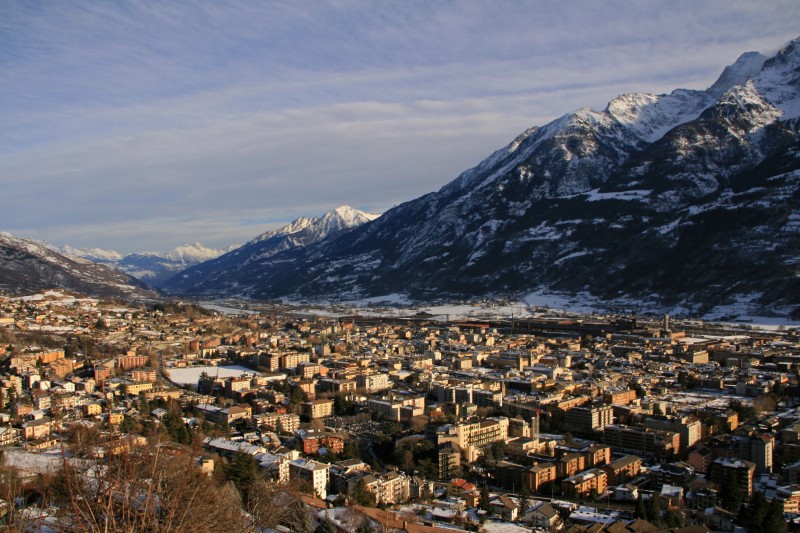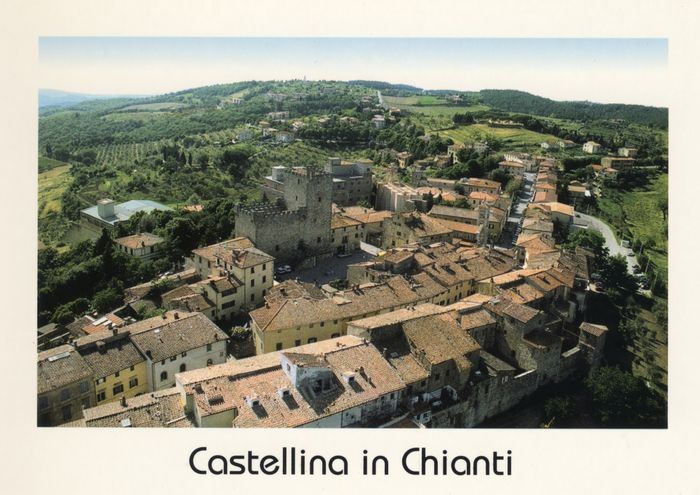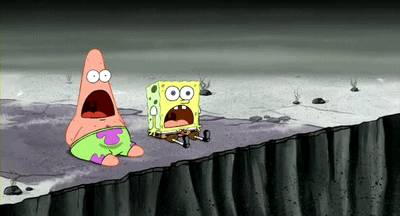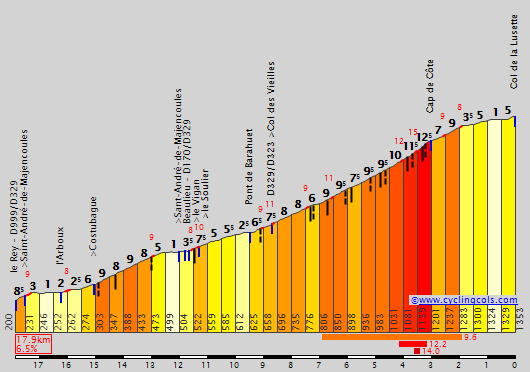These climbs in Thailand - the land of which there can be no doubt Zomegnan approves - make the Giro look rather, well, pedestrian!
Stage 19: Aosta - Pila-Ciel-Bleu, 181km
Climbs:
Col de Saint Barthélemy (cat.1) 15,8km @ 6,8%
Colle San Carlo (cat.1) 10,5km @ 10,0%
Col de Saint Nicolas (cat.3) 5,6km @ 8,5%
Verrogne 98 (cat.2) 9,5km @ 7,7%
Pila (cat.1) 17,5km @ 7,1%
As I mentioned on the last stage, I love the Valle d'Aosta. There are a lot of great climbs in a very small area, many of which are comparatively unknown to the sport. Naturally the region's home tour uses a lot of them, but as an U23 race it doesn't have the widest circulation so TV audiences never get to see a lot of them, except for the occasional Giro visit. The Tour could visit occasionally I guess, but tends to just serve up something like 2009's bland fare with Grand-St-Bernard and Petit-St-Bernard, missing out on a lot of potential greatness. However, the nature of the region as one valley with a number of smaller valleys within it does mean that there are only a few real passes that can be used, and I have tried my best to incorporate these into the stages; the beautiful and steep Champremier is missing, however, as is the Col de Joux (however, as I used its prettier, more dramatic, much steeper and tougher sister, the Col Tze Core, I don't think this is a problem. I love Tze Core). The toughest of them all, however, the Colle San Carlo, is present and correct. The choice then came down to finishes. While a smaller race could make use of several of the great climbs in the region -
Valsavarenche-Pont (over 20km at just under 6%), the
glorious scenery and multi-stepped climb of
Lago di Place Moulin (20km at just over 5%), and the brutal slopes of
Estoul (22km at nearly 7% beginning at the same point as Joux & Tze Core and with the last 8km at 8%) are all notable - a final MTF at the Giro is perhaps more in need of one of the bigger ski resorts in the region.
That I called for an MTF immediately ruled out La Thuile, and while a stage to Courmayeur with Colle San Carlo as the last major climb, then the smaller puncheur-type climb into Courmayeur to finish would be a great design, the Giro kind of needs a final mountaintop duel. This leaves three real options.
Breuil-Cervinia is the most common in the Giro, with three appearances (1960, 1997 and 2012), but its slopes are mostly rather gradual, and as I already used Tze Core and Saint Pantaléon, the two toughest prospective introductory climbs, yesterday, it's out. That leaves two.
Cogne is perhaps the most picturesque of the three, and the least used (only once, in 1985, has it appeared in Il Giro), however
it isn't really steep enough. So Pila, which was featured in 1987 and 1992, it is!
The stage starts in the capital of the Valle d'Aosta, Aosta itself, with its
Roman theatre and
historic centre. It only finishes about 20km away from there, but it loops around a fair bit. First, the riders head east, towards yesterday's stage town of Châtillon, but soon turn north, in Nus, towards the first big summit of the day, the
Col de Saint-Barthélemy. That is just before the 16km mark on that profile (where it says Lignan, bivio per Porliod). Not fun. The descent takes us back to the outskirts of Aosta where we head up through the valley (including the climb of the Col d'Introd, which earlier in the race would probably have been categorised) via Arvier to
Morgex, which sits both at the base of Petit-Saint-Bernard and the much, much harder climb the riders are now subjected to, the 10% average
Colle San Carlo. This is only halfway through the stage, however, so it would be pure desperation for GC contenders to go here. That said, this thing if raced at any kind of pace will reduce the field to only the best climbers; the péloton will be down to its skeletal remains by this point. It was of course featured in the 2006 Giro, in a stage profile that, if 7km shorter, would have come
straight out of Javier Guillén's fantasies. Zomegnan was responsible for that. Zomegnan! Can you believe that, with climbs like Verrogne, Saint-Barthélemy, Saint-Pantaléon, Champremier (averaging over 9%!), Tze Core, Joux and La Cerise available to him? A Unipublic stage? Its
punishing lacets are here to hurt, and then the riders get to descend via
La Thuile and
Pré-Saint-Didier back to Morgex, where they head on downhill false flat retracing their steps from earlier, before a double-headed climb. Saint-Nicolas and Verrogne are not HC climbs in and of themselves, however they back into each other very nicely offering very little respite to the riders, and include some tough gradients. With the small village of
Verrogne coming just 34km from the finish, things get frenetic. A long and winding descent takes us back into Aosta for the final time before we start the
final, deciding ascent up to the
legendary ski resort at Pila. This has some seriously steep stuff in the early going (a kilometre averaging over 11% just before the halfway mark), and apart from a couple of lighter kilometres in the middle it never lets up; there are many more options I could have taken and many other things I could have done with the Valle d'Aosta (and I will reveal some of these another time) - that I couldn't really find a way to include Champremier without complicating stage routes more than they already are was a frustration - but I think this is a more than serviceable final mountain stage to make the riders suffer and give us one final heroic mountain duel before the end of the race.
Aosta:
Pila:















































